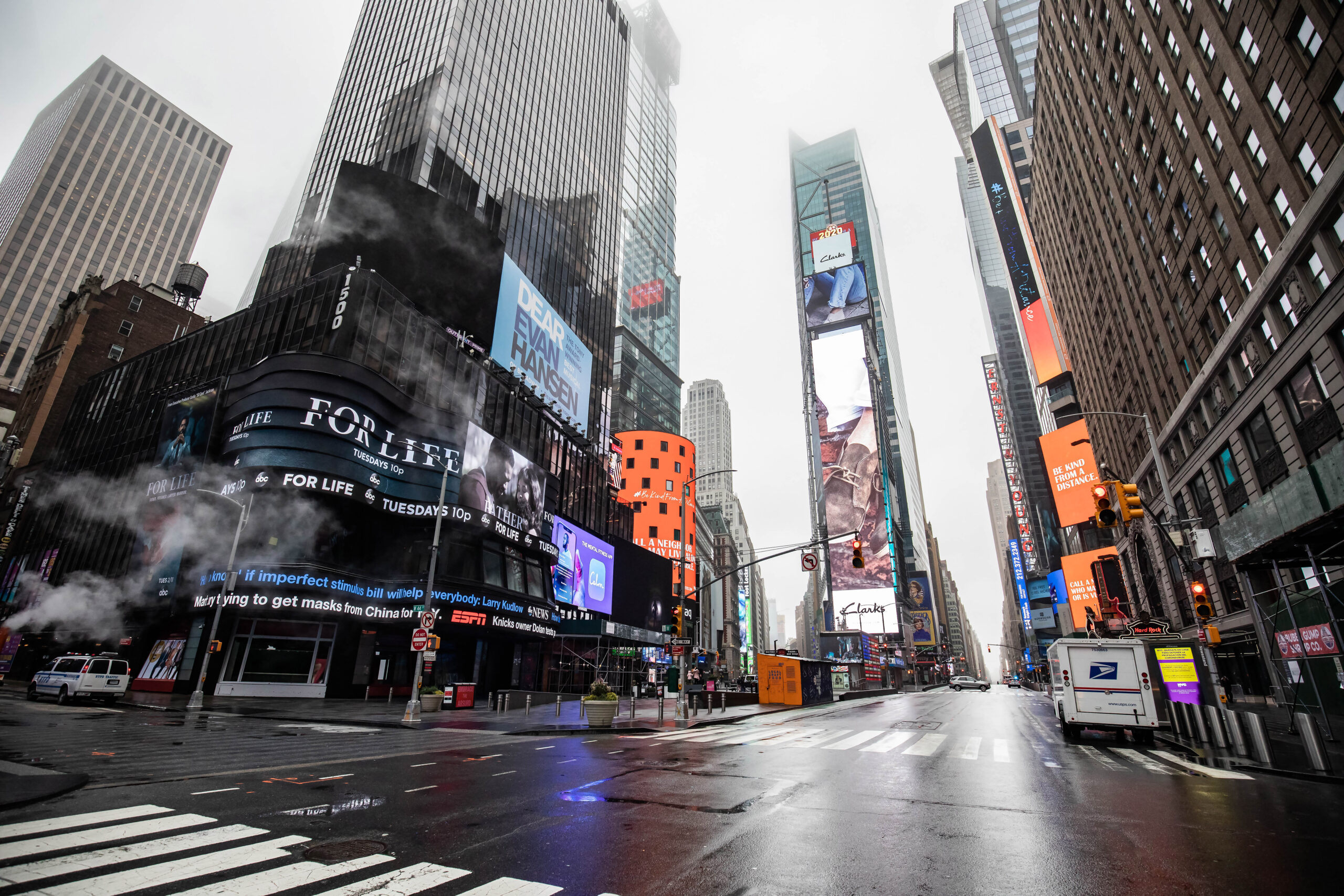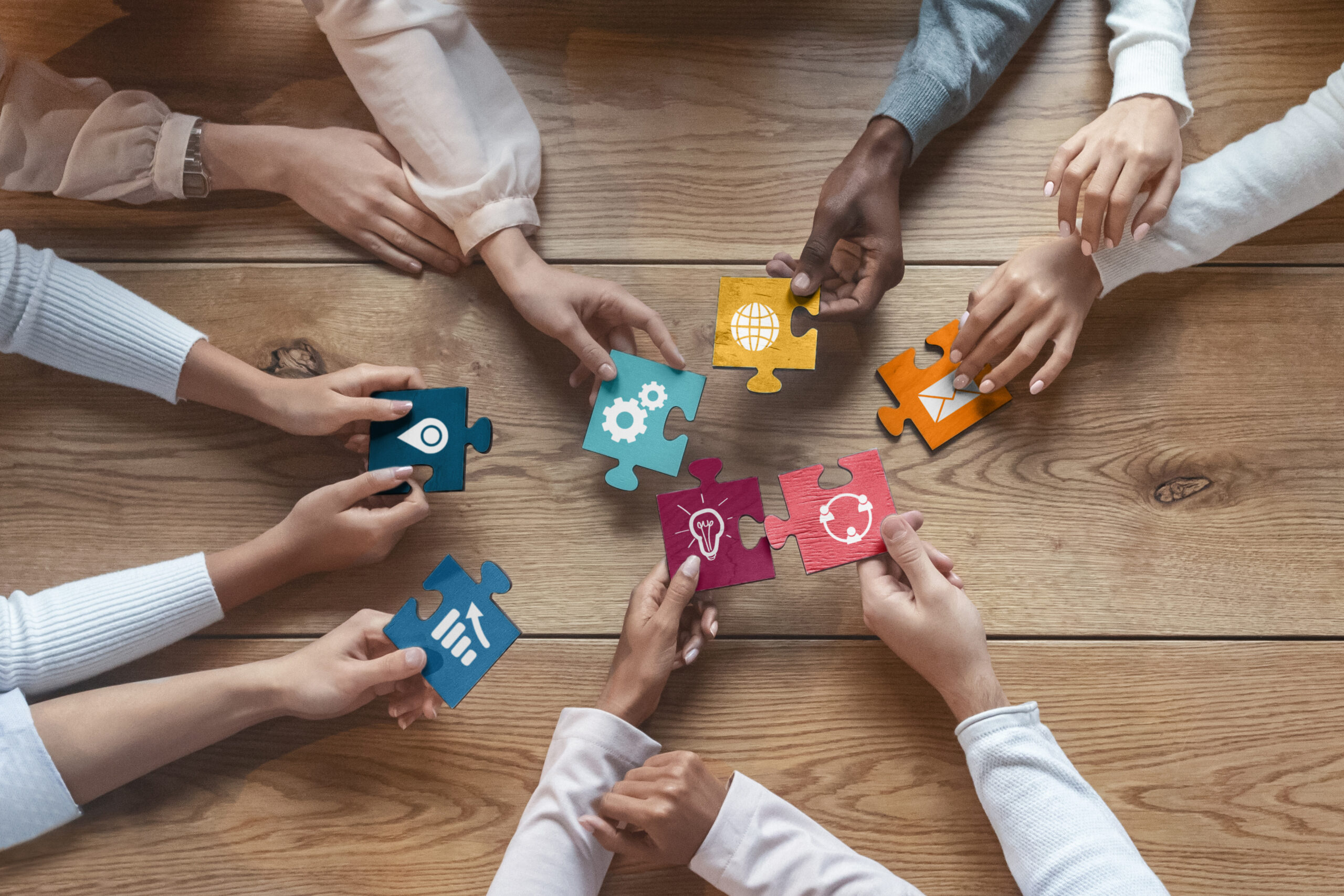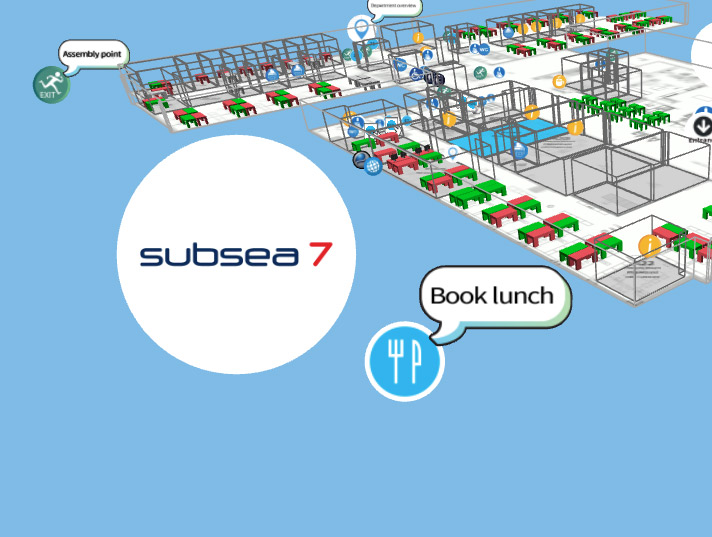How COVID-19 is changing the employee experience
Modern workplaces are paying more attention to their employees’ well-being and satisfaction as there is an evolutionary focus on the human part of the worker and a raised awareness of the competitive advantages of a motivated and engaged worker.
Focus on the Employee experience (or EX in short) addresses and recognises the fact that the worker is the company’s greatest asset. EX is a holistic approach that takes into consideration all that the employee encounters, observes and experiences during their tenure in the company. Employee experience is also a collection of 3 environmental factors: cultural, physical, and technological. In the past year, the COVID-19 pandemic had a huge impact on how employers and HR personnel measure and ensure a good employee experience. This article views the ways COVID-19 is changing the employee experience and how it will continue to affect it.
What are the changes caused by COVID-19 to employee experience?
For a year now the COVID-19 pandemic has disrupted many businesses and industries. Some more drastically than others. Some were able to grow their business, while others needed to make strategic and even major cuts. One common factor though, was that almost everyone needed to retreat to their homes because of the lockdowns and remote work recommendations all over the world. Despite this being a big change in the daily lives of the majority of the workforce, for some this didn’t make a big difference as they were already working remotely. However, the company, as one entity, was not ready for this change neither to be done this quickly.

This abrupt change emptied cities around the world like you would find in the likes of a Hollywood zombie movie. This created fear, anxiety, and doubt in people for their job stability as well as their company’s position in the market. Without government support, innovation, and digitalization some companies and regions will become victims of similar consequences to what happened to the auto industry in Detroit in the late 60s – disinvested and never to recover again to its previous glory.
This warning is not only applicable to the industry sector. The banking industry, a typical pure white-collar workplace, has also been affected. For example, HSBC has reported having to cut office space by 40% and thousands of jobs as their profits recorded a 34% drop.
Some believe that the COVID-19 pandemic is speeding up the second wave of digital transformation i.e., creation and adaption of tools, operations and business models based primarily on digital or online. According to McKinsey & Company research, the pandemic has accelerated digital adoption by three to four years. Indeed, the demand for collaboration and co-working tools during remote working was so big that it had a major role in technology companies releasing features faster than otherwise.
Returning from the macro level back to the individual level, working from home meant more benefits for some people and drawbacks for others. Especially those workers who were able to focus on their tasks better without interruptions benefited the most from remote work. However, employees that have small children or infants or even had to do home-schooling were the ones more negatively affected by remote working since they had to do more multitasking and had to implement a new approach to their work schedule with more flexibility and patience too. Some of these limitations are strongly related with the lockdowns and will end once schools and kindergartens open again.
One thing that, indisputably, every worker has gained is the time spent commuting or travelling. Events are done virtually, and one can simply join an event from the comfort of their couch. Business meetings that otherwise were done face-to-face which required travelling abroad and were thought to be critical for closing deals are now done remotely and have similar success rates. But commuting is by far the most important of them all. In big cities, a person can spend two to three hours daily commuting to and from work. That is extra time that people can use to regain better work-life balance.
Now that workers have been required to stay in their home offices for almost a year and their work-life balance has changed for the better, how can an employer attract workers back to the office and maintain or improve the employee experience?
How to improve employee experience post-pandemic and how to attract employee back to office?
First, we need to understand the reasons why employers want to attract their employees back to the office. For some organisations is just a status quo which they do not want to change. Others are more conservative and want to have their employees in the office where they feel is the only place to provide them with the security, technology and management needed. But the most forward-thinking organisations and the ones that are having the toughest competition for their workforce, want their employees to feel a stronger sense of belonging and being heard, want to add motivation and engagement, and as equally important, provide workers the opportunity for collaboration and co-working.

Collaboration is key here. This is what will fuel creativity, innovation, disruption, and multidisciplinary ideas. It’s no surprise that IBM and Yahoo had to call their employees back to the office in the 2010s when almost half of its workforce was remote working and profits were plumbing because of reported diminished collaboration for both companies.
One possible solution raised in the past couple of months is the hybrid office model. This concept is being widely considered by all the major global technology companies and consists of some days of the week in the office and the rest in the home office. The reasoning is that during the office days workers can collaborate and engage in collaboration and social interactions whereas at home office they can focus on their tasks without distractions and can be more effective and efficient that way.
However, this is not an effortless and easy process. Ethan Bernstein, a professor at Harvard Business School focused in workplace and employee experience warns HR personnel and organisation for the draws that a hybrid model might bring. According to him a hybrid office might bring the worse of both worlds and create a “second class citizen”. The worse because companies will still have the associated real estate costs, workers will have the long commute hours and might not have their own dedicated desk. Also, people that choose to work from home full time might feel isolated by being left out of the communication loop with informal or in-person meetings, and be victims of proximity bias or distance bias i.e., the false assumption that workers who work in the office will be more productive since their managers can see and hear them. This can unintentionally cause remote workers to be overlooked for promotions and other career development opportunities if acknowledged and addressed.
One key take from this is that HR personnel and employers can have the best of both worlds and thus improve the employee experience. However, they will need to intentionally examine their technology, physical spaces and culture in order to renovate, modify and adapt their organisation for a successful hybrid office model. Next, we’ll examine 7 ways to improve the EX during and post COVID-19.
7 ways to improve employee experience during and post COVID-19.
- Create two-way channels and multiple ways to listen to employees.
Transparency and openness in communication from employee to manager and vice versa are vital in managing a crisis as they support, in any case, mutual understanding, sharing of concerns and reduction of stress. Deploying surveys, 1 to 1 meetings and gatherings is a good solution. Also, placeholders for internal sharing opinions and suggestions that other personnel can see and upvote is empowering.
- Implement and deploy new technology that enables the collaboration and interaction between workers working from the office and working from home.
Technology should be an enabler and extension of the worker. Good technology will support collaboration regardless of if the worker is physically at the office or not. A smart office solution based on a digital twin allows workers to be virtually represented despite being at the office or at home, and will balance the workforce presence, availability, sense of belonging and value within the organisation.
- Get leaders on board to build trust and communicate the company’s vision.
During a crisis, employees want to hear from their CEO and other C-level executives the procedures and actions the company is taking to support their safety. Likewise, they want to understand the impact the crisis has on the organisation and how that changes the company’s direction and vision.
- Give special attention to employees who do not have proper conditions at home or that cannot work from home.
Not every employee has a spare space at home to set up an office or has proper supporting material and furniture for efficient work. Similarly, the younger workforce is interested in building their network, connections, and progress in their career. Alternatively, some functions need to be performed at the office due to supporting technology such as super computers or specific and dedicated tools for analysis or operations. Being flexible and considerate of these challenges and being supportive in mitigating these productivity killers will spiral positively your employee experience.
- Encourage a healthy and sustainable work life balance.
A happy employee will be more motivated, perform better and as a result will support the company’s success. In addition, the employee will be less stressed out, more engaged, and more motivated. Similarly, they will report fewer sick leaves due to improved physical and mental health. Promoting good work-life balance can include facilitating and encouraging company and team outings, team time off after demanding projects, attending career and professional development conferences are just a couple of examples.
- Consider improving or deploying activity based working spaces.
Different zones for different types of work will allow employees to be more effective and efficient in their jobs as they can choose the space that best fits their needs and requirements. These zones can be for focus, project-based areas, semi-social, collaboration and social & fun zones. These segmentations of areas not only support the requirements of the moment but encourage and connect like-minded employees that may not meet otherwise. Therefore, employees would be less prone to affinity bias (tendency to just connect with people with similar backgrounds and interests) and improve collaboration and inception of multi-conceptual and multidisciplinary ideas and projects.
- Experiment with different approaches & models and deploy the one that works best for your company and industry.
All companies were forced to adapt to the lockdown whether they liked it or not, and the restrictions were similar for everyone. Companies now need to be particularly concerned with employee well-being, happiness, engagement, performance, and motivation. In sum, they need to collect data, such as employee satisfaction and engagement, and compare it to previous data points. However, now, as organisations are getting used to the pandemic circumstances and some companies are already developing return to office after COVID-19 plans, it’s essential to keep experimenting and assessing what is the best model – full virtual, full physical, hybrid, a mix of the three for different employees or something completely different.
Read how Subsea 7 uses Empathic Building digital twin at their campus to help them manage hybrid working and improve their employee experience:

Subsea 7 and Empathic Building
Check out our reference case!


